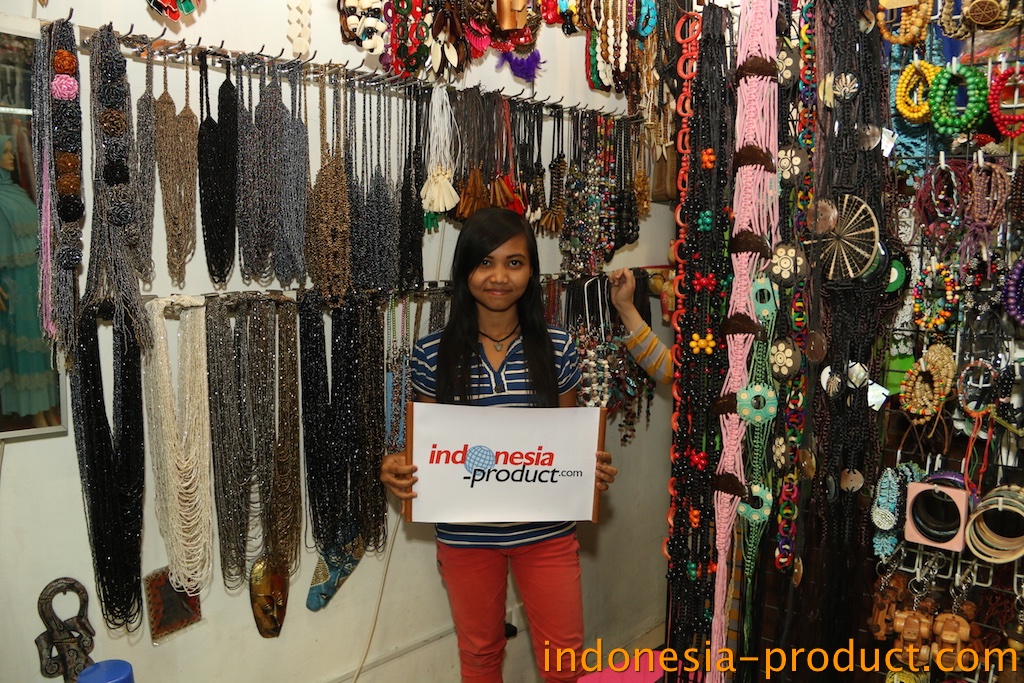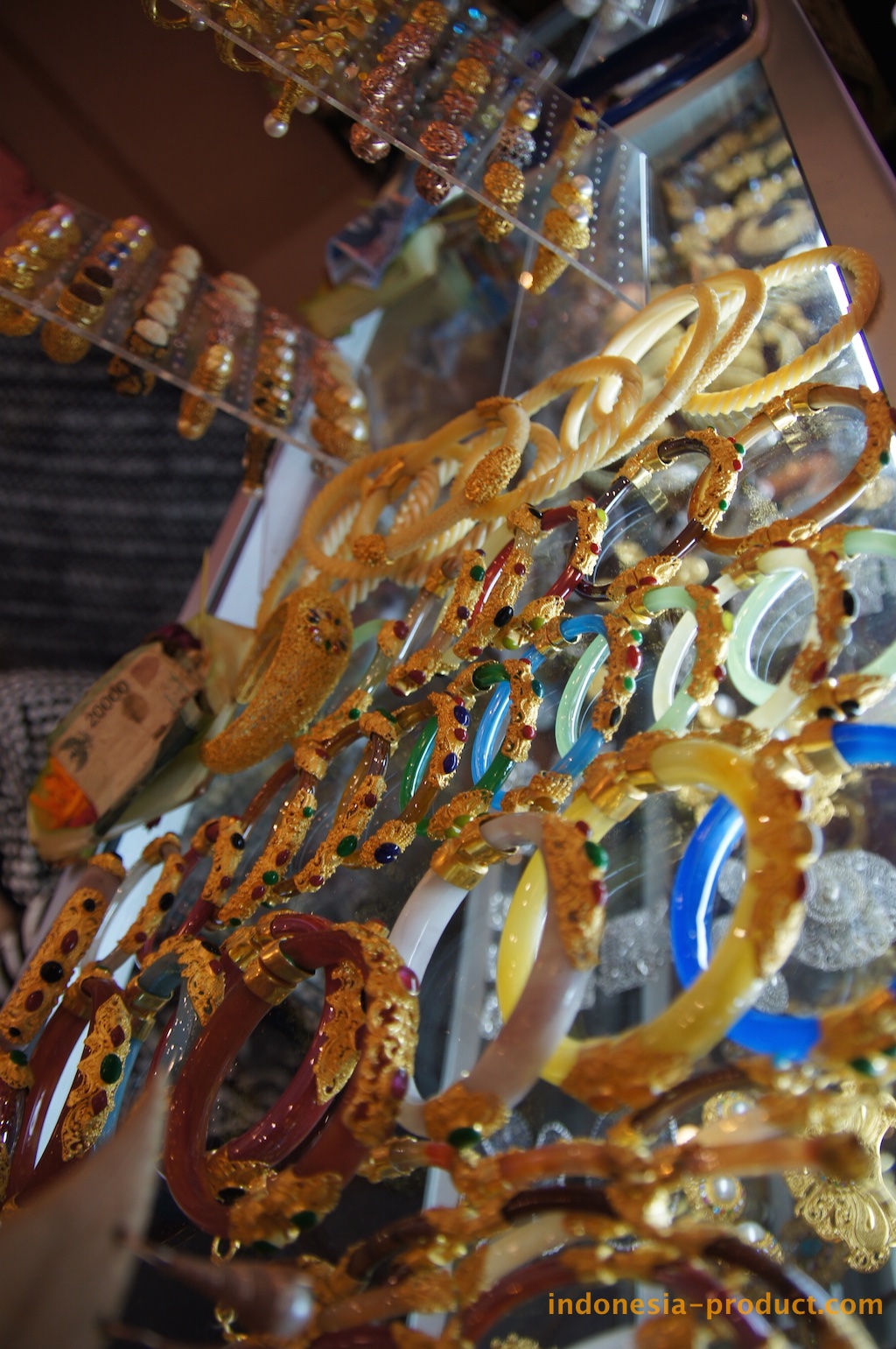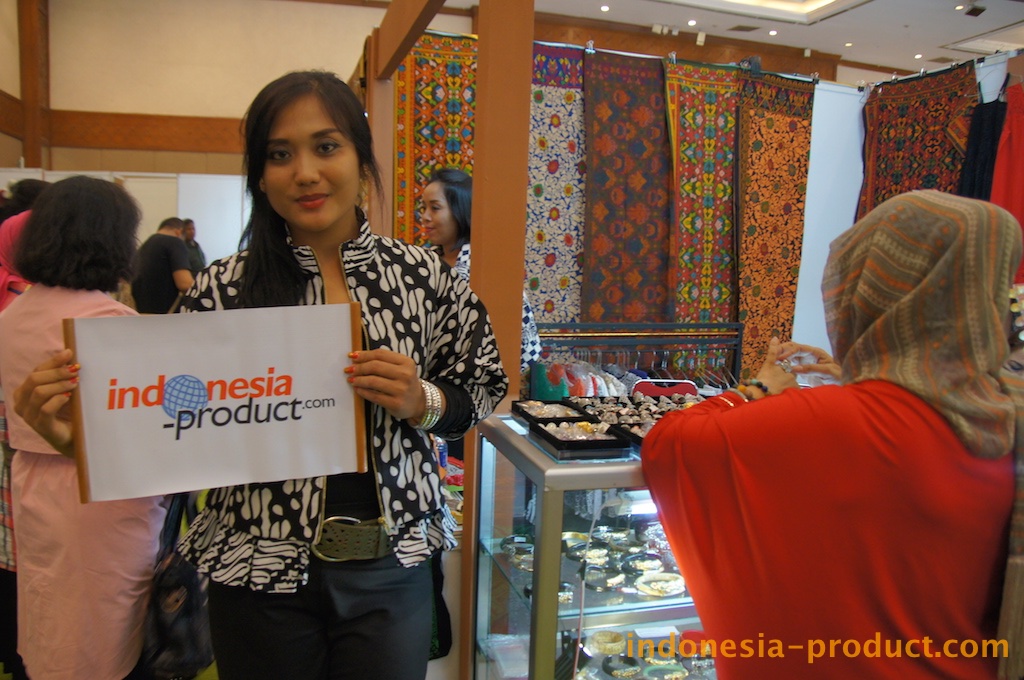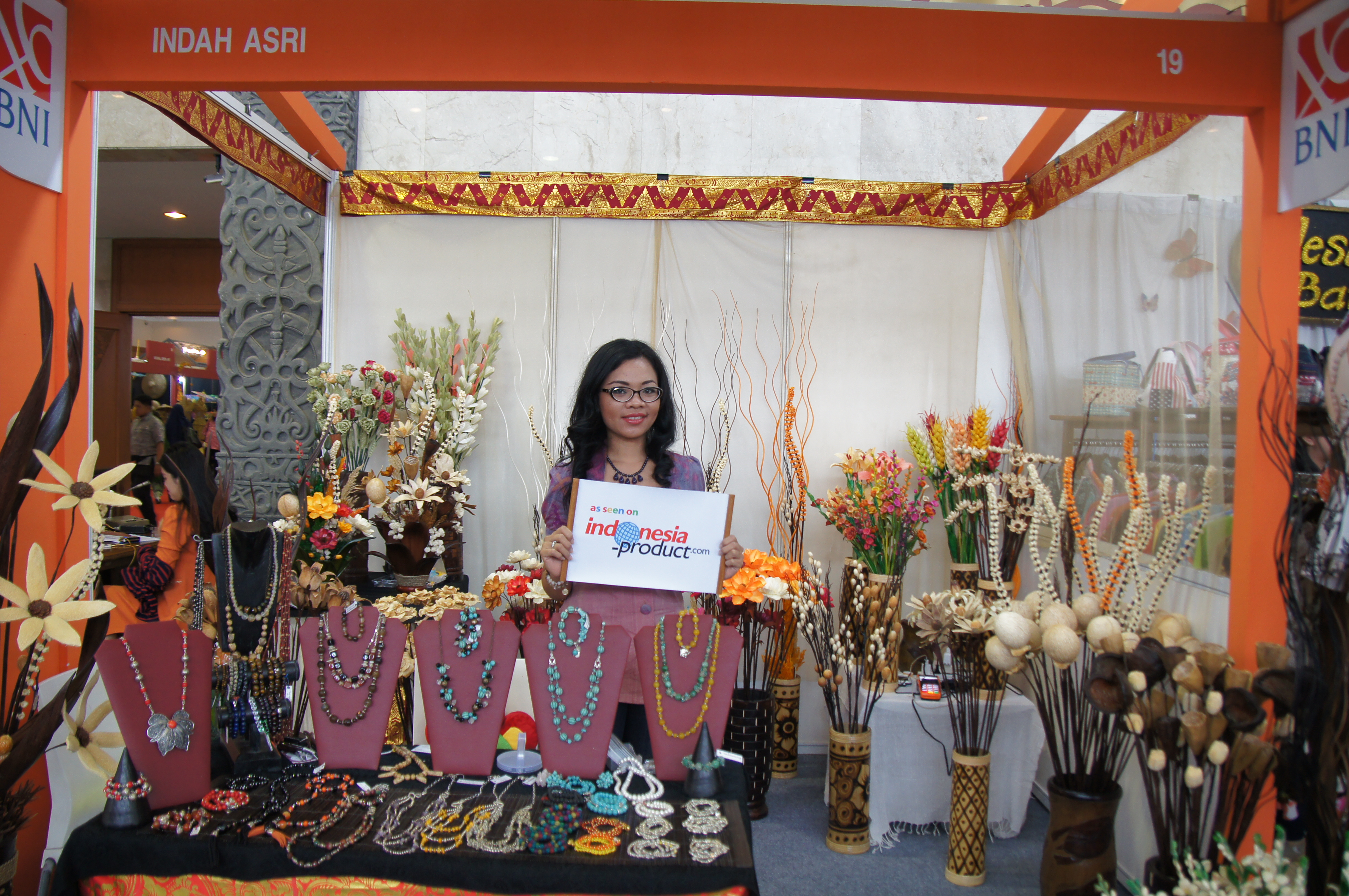Getting the Lead Out of Toy Jewelry
Washington Post, United States
The Consumer Product Safety Commission yesterday took the first step toward effectively banning lead in toy jewelry.
The agency’s staff recommended the commission prohibit children’s metal jewelry with lead content exceeding .06 percent. The Commission is scheduled to vote next Monday on whether to move forward with putting the ban in place. If they do go ahead, there’s still a public comment period and more votes and comment periods before it becomes official
The staff recommendation is still significant, though, because it marks another move toward cracking down on this preventable hazard.
You could say the agency has been working up to this. Since early 2005, the CPSC has stepped up enforcement of voluntary guidelines it issued in the late 1990s. There have been 14 recalls of more than 160 million pieces of toy jewelry because of lead poisoning concerns in just the last two years. That is in part because of CPSC’s efforts.
That figure also speaks to the fact that you can find toy jewelry with lead everywhere, from vending machines at rest stops to department stores. It’s in the paint on fake pearls and in plastic cords used in necklaces.
Lead paint is still the top source of lead exposure for kids. But any bit of lead ingested by children is a problem because the stuff accumulates in the body. And kids, unfortunately, like to put things in their mouths.
(If you’re wondering why lead is used in toy jewelry in the first place, it is because it’s a cheap way to make a toy necklace feel more like the real thing by adding heft to it.)
Just how much lead are we talking about? Well, for the first time, U.S. PIRG had a lab test the lead content of some choice trinkets for its annual Trouble in Toyland report and found jewelry containing as much as 34 percent lead of the item’s total weight.
Sometimes, there’s even more lead than that. A boy from Minneapolis died in February of lead poisoning after swallowing a charm from a promotional bracelet that came with a pair of Reebok shoes. The charm removed from his body was found to be 99 percent lead, although by then, other metals in the charm may have been eaten away, so the proportion of lead in the original charm could have been smaller.
Nonetheless, the death prompted the Sierra Club to petition the CPSC to ban lead in children’s jewelry, which led to the staff’s recommendation this week.
One difference between the Sierra Club’s original request and the proposal from CPSC staff: The agency is focusing on metal jewelry. The Sierra Club and toy safety advocates would prefer a ban on lead in all toys, including those made with PVC. The CPSC staff said it doesn’t have enough data on the hazards of lead from PVC to include it, but if the agency became convinced in the future, it would be open to adding it.
If you want to know whether your children’s toys have lead, you can buy testing kits at the hardware store.
If you want to see examples of toys with lead, you can go to the Center for Environmental Health’s Web site.
Have you ever tested your children’s toys or jewelry for lead?





